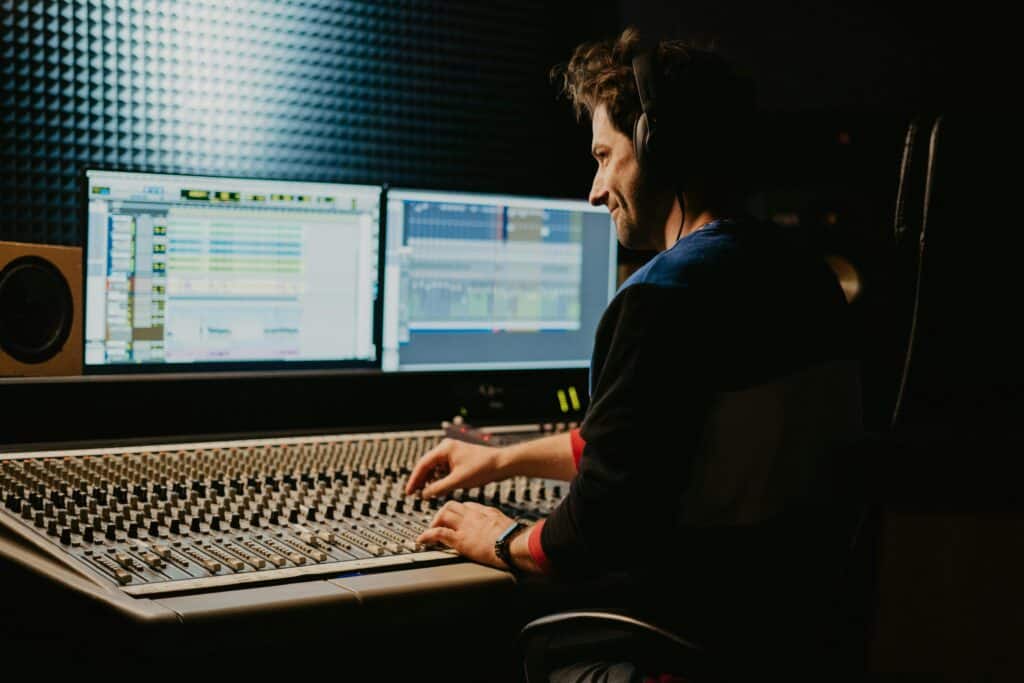AI and Music Composition
Artificial Intelligence (AI) is reshaping the music industry at an unprecedented pace. For composers, the implications are profound. Once a realm dominated by human creativity, music composition is now being augmented, and in some cases, challenged by AI. This article explores how AI is transforming the sync licensing landscape and what composers can do to adapt and thrive.

The Rise of AI-Generated Music
Perhaps the most significant development is the emergence of AI-generated music. Algorithms can now compose original pieces, mimicking various genres and styles. While this technology is still in its early stages, it has the potential to produce vast quantities of music at a fraction of the cost.


